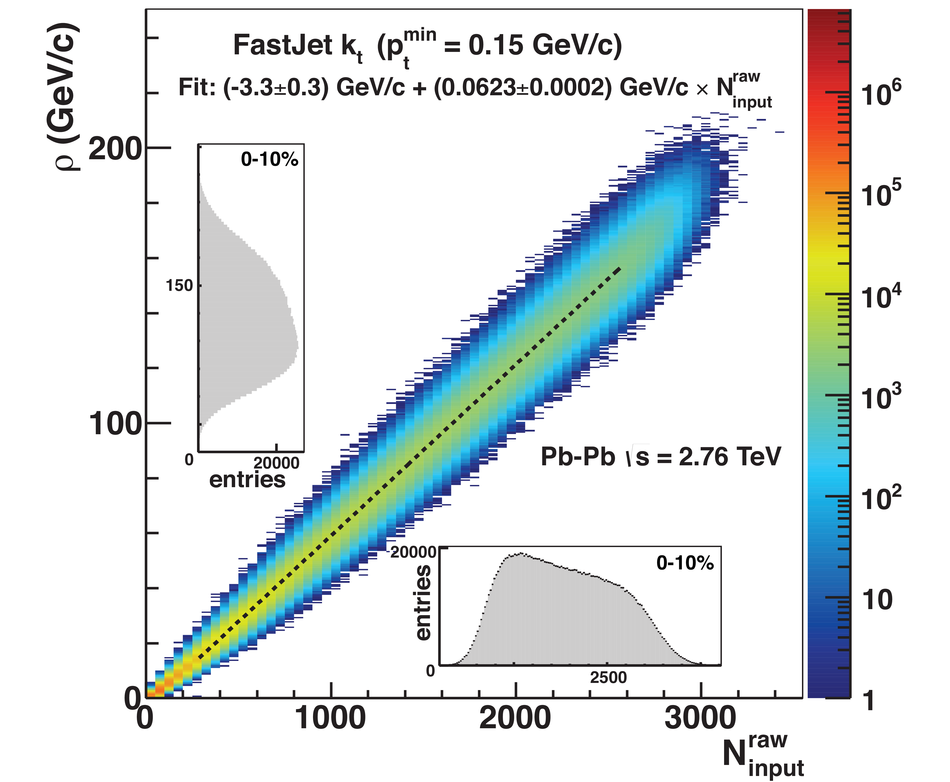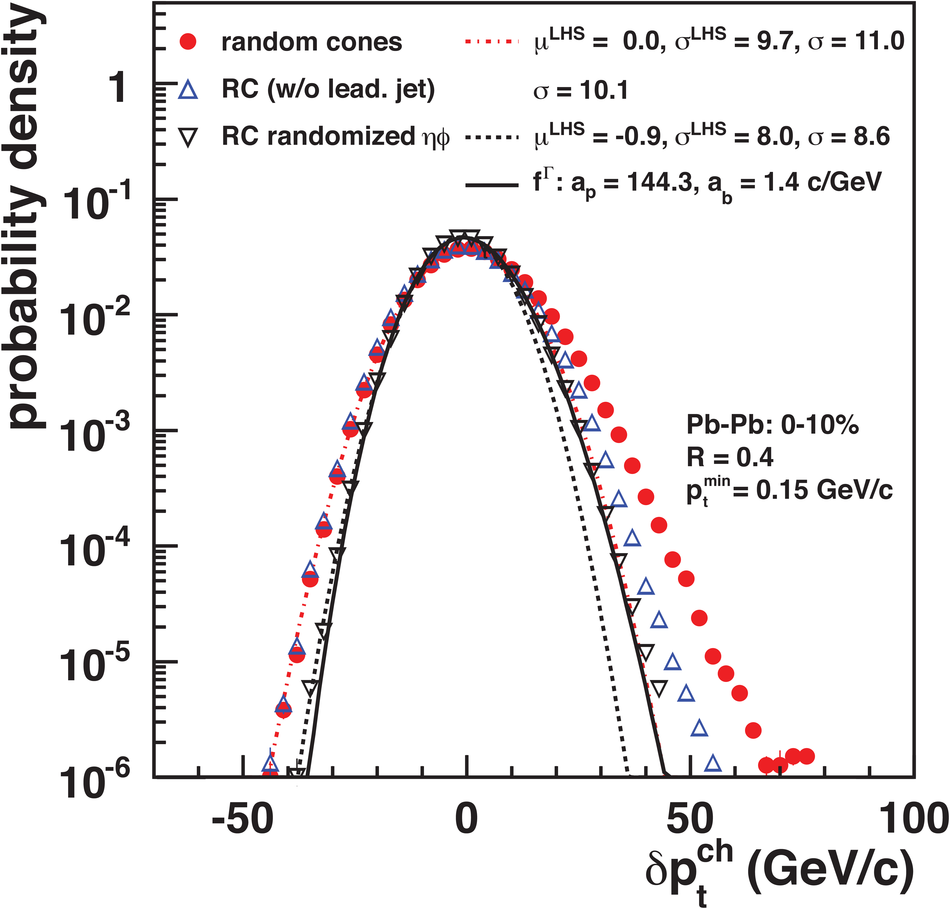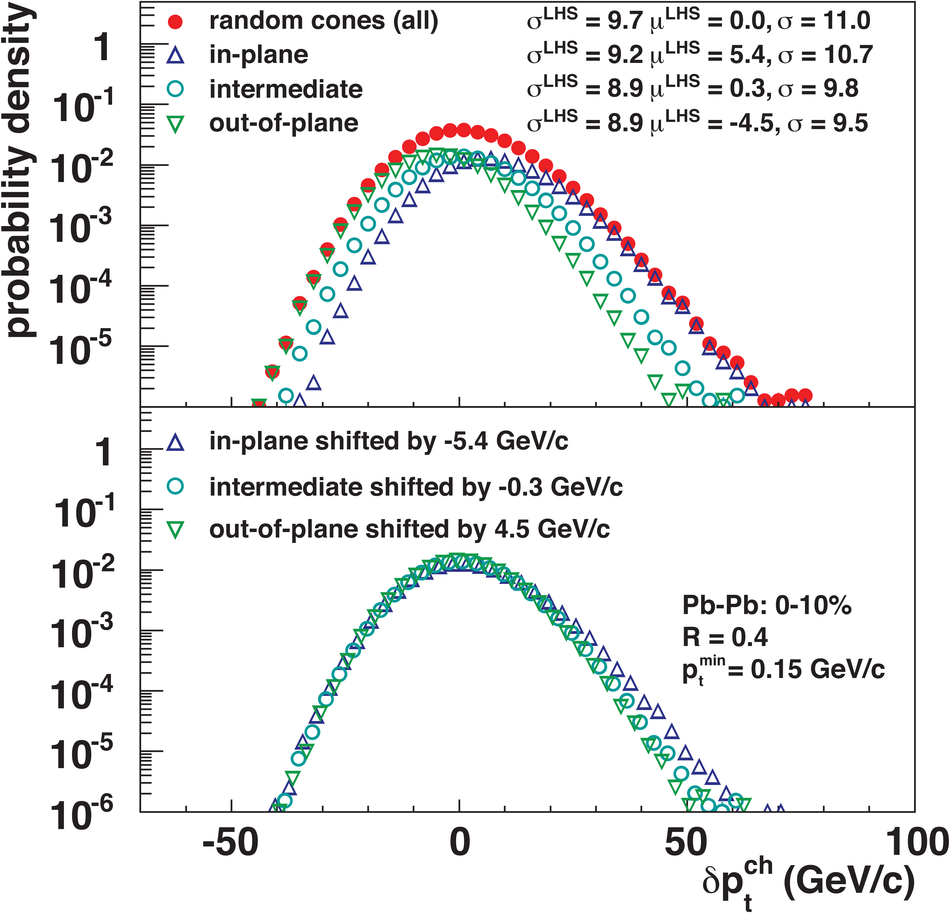The effect of event background fluctuations on charged particle jet reconstruction in Pb-Pb collisions at $\sqrt{s_{\rm NN}} = 2.76$ TeV has been measured with the ALICE experiment. The main sources of non-statistical fluctuations are characterized based purely on experimental data with an unbiased method, as well as by using single high $p_{\rm T}$ particles and simulated jets embedded into real Pb-Pb events and reconstructed with the anti-$k_{\rm T}$ jet finder. The influence of a low transverse momentum cut-off on particles used in the jet reconstruction is quantified by varying the minimum track $p_{\rm T}$ between 0.15 GeV/$c$ and 2 GeV/$c$. For embedded jets reconstructed from charged particles with $p_{\rm T} > 0.15$ GeV/$c$, the uncertainty in the reconstructed jet transverse momentum due to the heavy-ion background is measured to be 11.3 GeV/$c$ (standard deviation) for the 10% most central Pb-Pb collisions, slightly larger than the value of 11.0 GeV/$c$ measured using the unbiased method. For a higher particle transverse momentum threshold of 2 GeV/$c$, which will generate a stronger bias towards hard fragmentation in the jet finding process, the standard deviation of the fluctuations in the reconstructed jet transverse momentum is reduced to 4.8-5.0 GeV/$c$ for the 10% most central events. A non-Gaussian tail of the momentum uncertainty is observed and its impact on the reconstructed jet spectrum is evaluated for varying particle momentum thresholds, by folding the measured fluctuations with steeply falling spectra.
JHEP 03 (2012) 053
HEP Data
e-Print: arXiv:1201.2423 | PDF | inSPIRE
CERN-PH-EP-2012-002





